Up for test is the Scan-Speak Illuminator D3004/6020-00 1″ Textile Dome Tweeter 4 ohm.

Small Signal Parameters and Impedance
Results as measured via Dayton’s DATs measurement tool. Which is a very little handy tool to have. 😉
- f(s)= 737.50 Hz
- R(e)= 3.17 Ohms
- Z(max)= 11.60 Ohms
- Q(ms)= 6.047
- Q(es)= 2.272
- Q(ts)= 1.652
- L(e)= 0.43 mH
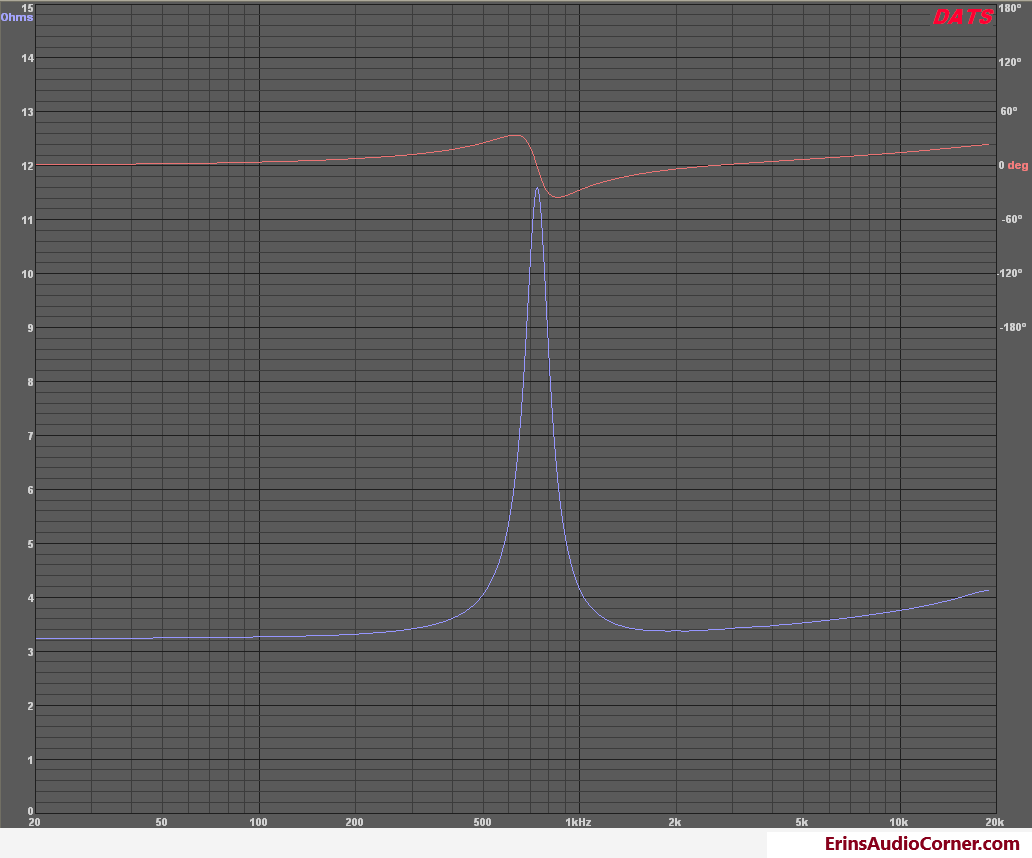
Frequency Response
Frequency Response and the following Harmonic Distortion measurements were taken using Dayton’s OmniMic measurement system.
The frequency response measurements below are on-axis (0 degrees) and off-axis (15, 30, 60 degrees), measured at 2.83v/1m.
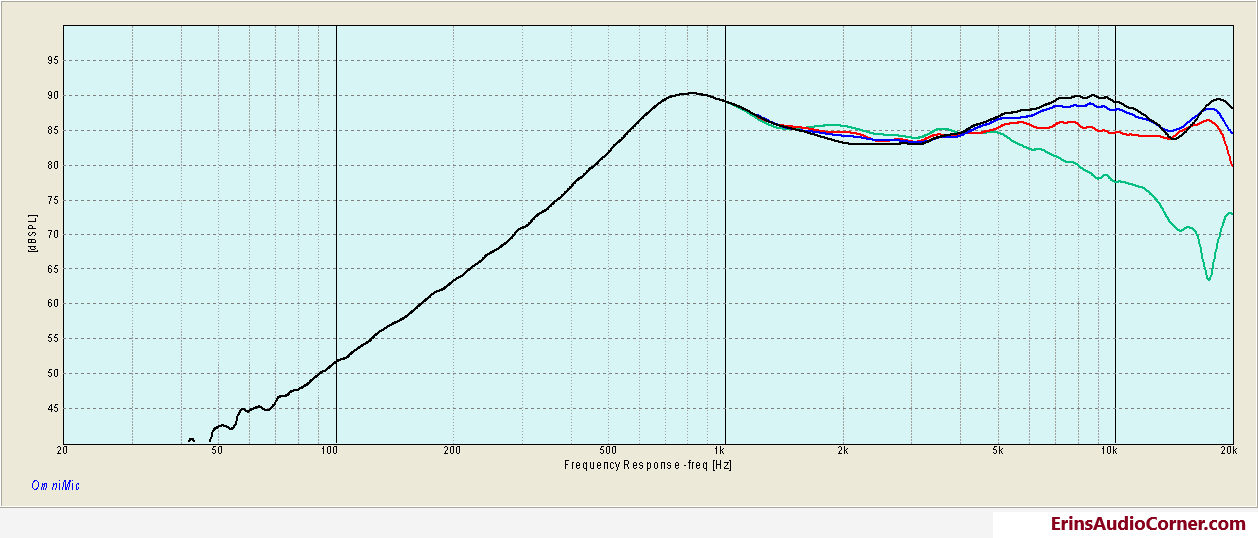
To get an idea of the off-axis response vs the on-axis (0 degrees) response, I normalized the above. What you get is the relative output level of each axis vs the on-axis level.
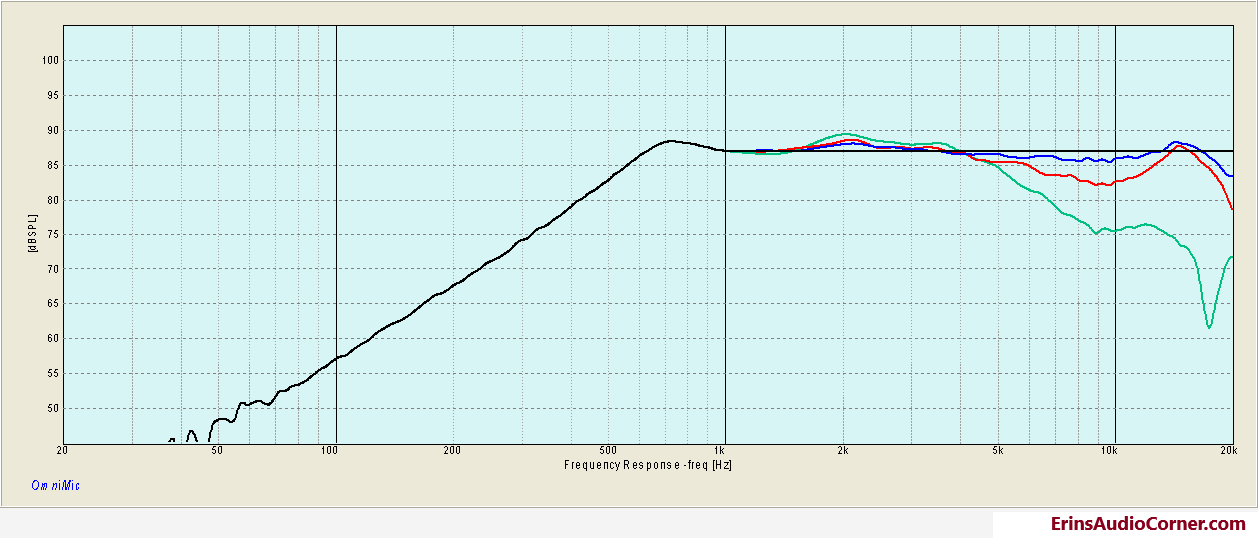
Harmonic Distortion Testing
Testing done in the nearfield to emulate 90dB and 96dB output at 1 meter.
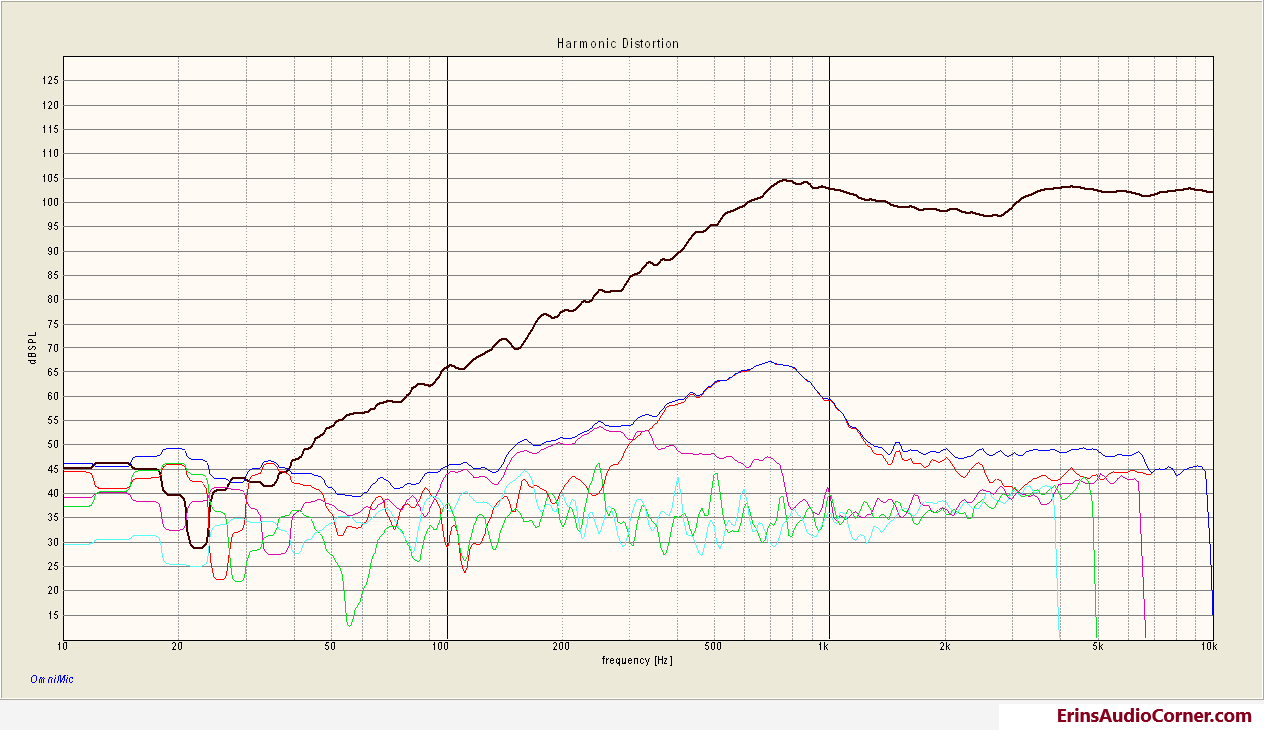
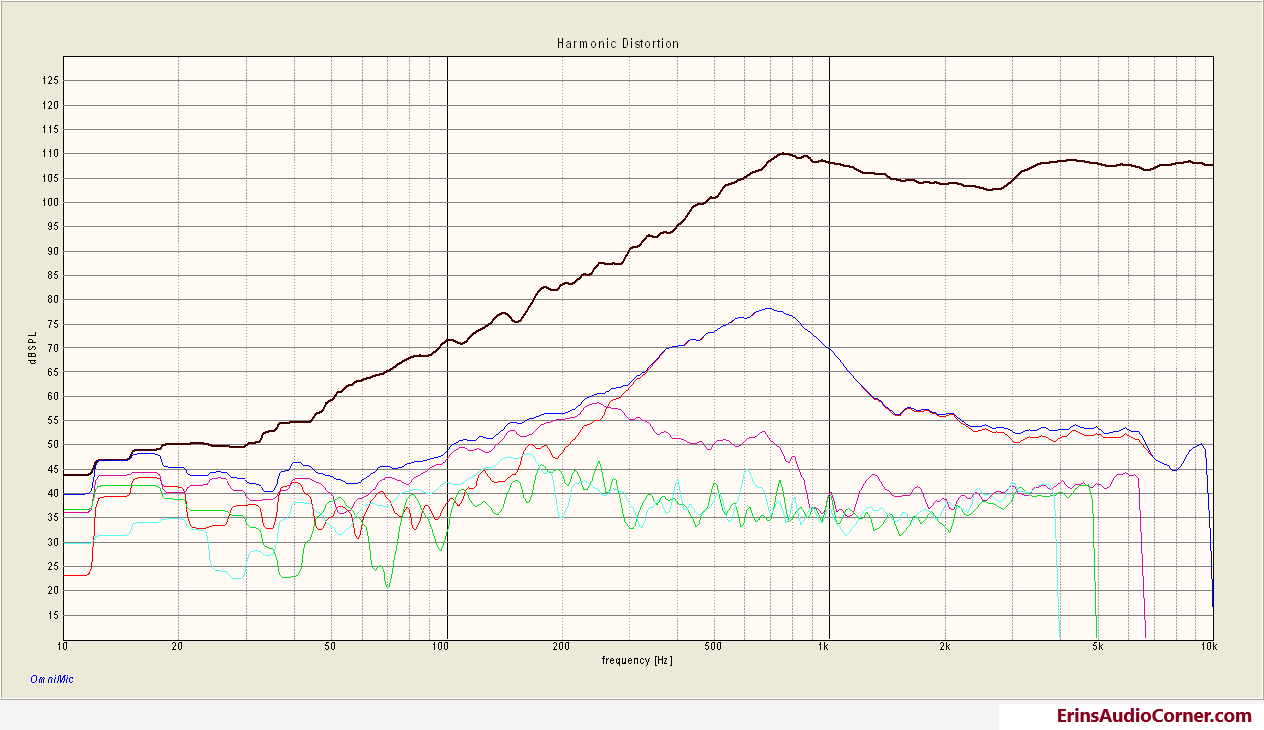
Impressions/Results
The Fs is measured at approximately 737hz. To get an idea of what this means on the high-pass crossover, let’s evaluate the HD results. At 96dB output the THD (blue) is 1.25% at 1khz. The THD is less than 0.50% down to 1.3khz where it is comprised almost entirely of 2nd order distortion above 1.5khz. Above 1.5khz there is about 10-20dB separation between 2nd and 3rd order components.
Measured sensitivity is right around 86.5dB. On-axis, there’s about a 5dB dip centered around 14khz. At 30 degrees off-axis, the response is down approximately 4.5dB at 10khz. At 60 degrees off-axis, the response is down approximately 9.5dB at 10khz. The trough in response from 1.5khz to 5khz is made to appear worse thanks to the high Qts on the low end and the rising response above 3.5khz. There’s a 7dB swing from 2khz to 8khz thanks to the upward rising response on-axis.
Bottom line: Fair linearity in response on and off-axis. The high-Q peak on the very low end would not really impact most people’s use because it’s far below a typical 2500hz crossover point I’d expect people to stay above. Some EQ could smooth out the response but that’s not always ideal. The shining star here is the very low distortion above 1.3khz. This would make a good option for a tweeter in a 2-way system where there is a need to cross low to mate with a larger woofer. The response linearity may cause you some headaches here but with DSP and the sensitivity of this tweeter, you have some ‘headroom’ to scaled down the rising response to help smooth it out, if needed.
Comparison Against the Gladen 28mm
For what it’s worth, here are some pictures and data comparing this Scan d3004/602000 to the Gladen 28mm tweeter tested here.
End
If you like what you see here and want to help me keep it going, there’s a Paypal Contribute button at the bottom of each page. Just provide what you can. Every little bit is truly appreciated.
You can also join my Facebook and YouTube pages via the links at the bottom of the page if you’d like to follow along with updates.
Thanks!

